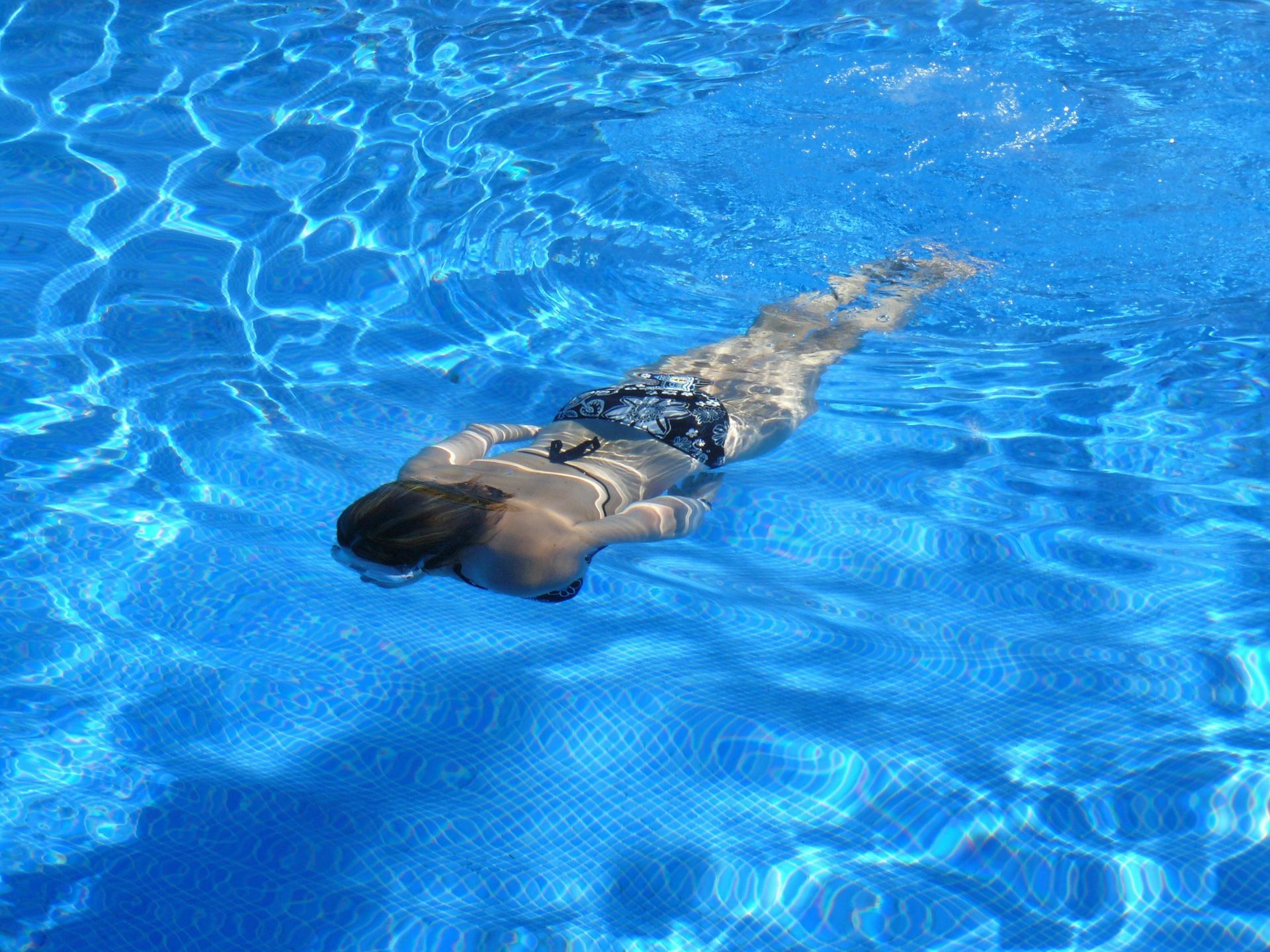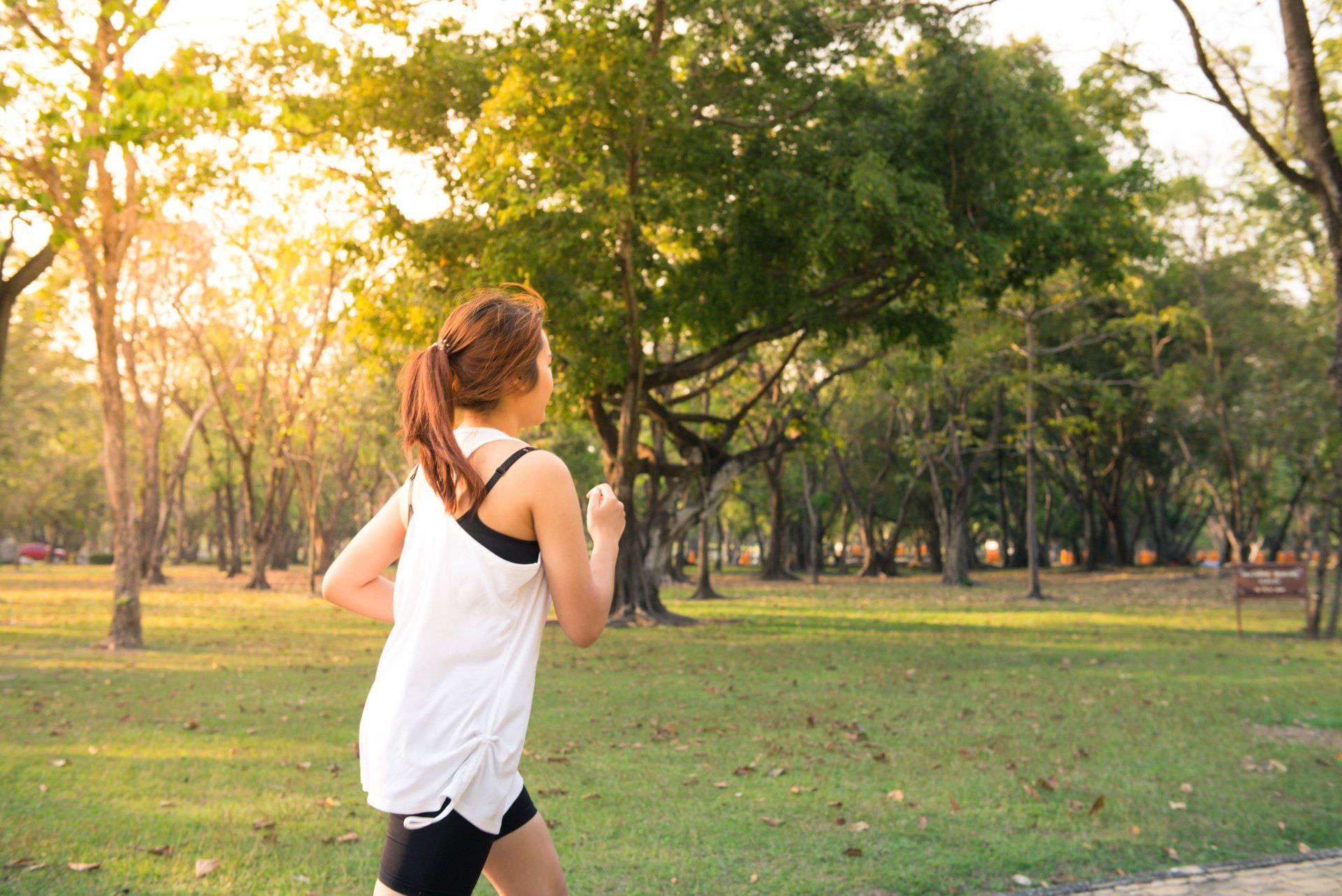Why Integrative Medicine?
Embracing Holistic Health: The Power of Integrative Medicine
Unifying Traditional and Modern Approaches for Optimal Wellness
At the heart of our practice lies a deep commitment to Integrative Medicine – a unique approach that harmoniously blends the best of Western and Eastern medical philosophies. In the modern health landscape, relying solely on Western medicine often leads to gaps in care, particularly in identifying and addressing the root causes of health issues. As your dedicated integrative medicine practitioner, I am devoted to delivering a holistic healthcare experience that transcends conventional boundaries.
Our journey together begins with a comprehensive evaluation, where I invest ample time to understand your medical history and lifestyle in depth. This involves detailed questioning and attentive listening, aiming to paint a complete picture of your health. My approach is not just about treating symptoms; it’s about unraveling the intricate web of factors – physical, environmental, and emotional – that influence your well-being.
We then craft a personalized health plan, incorporating a spectrum of interventions tailored to your unique needs. This plan may include, but is not limited to, laboratory testing, lifestyle modifications including nutrition and exercise recommendations, sleep hygiene practices, and carefully chosen supplements, as well as pharmacological treatments. We explore pharmacogenetic testing, especially beneficial if you’ve had adverse reactions to medications in the past. This simple saliva test uncovers which medications are most compatible with your genetic makeup, paving the way for effective and personalized treatment choices.
Our clinic is a sanctuary where traditional medical treatments meet innovative, evidence-based alternative therapies. This integration ensures a comprehensive approach to your health, aiming to restore balance and promote a sustainable, healthier lifestyle. Embark on this transformative journey with us, where each step is a stride towards a happier, more vibrant life.
Benefits of Integrative Medicine
A cornerstone of Integrative Medicine is its comprehensive health evaluation. We look beyond the obvious symptoms, considering a range of factors including emotional wellbeing, environmental influences, and lifestyle choices. This holistic assessment paints a complete picture of your health, aiding in more accurate diagnoses and effective treatment plans.
Holistic Wellness:
Our focus extends to holistic wellness, addressing not just physical ailments but also mental and emotional health. Integrative Medicine recognizes the intricate connection between body and mind, emphasizing balanced nutrition, stress management, and lifestyle adjustments to cultivate overall wellbeing and happiness.
Preventative Health Strategies:
Preventative health is a key tenet of Integrative Medicine. By proactively managing health through lifestyle changes, stress reduction techniques, and regular health screenings, we work towards preventing illnesses before they arise, keeping you healthier for longer.
Combination of Therapies:
Integrative Medicine uniquely combines conventional Western medical practices with alternative therapies like acupuncture, herbal medicine, and mindfulness techniques. This eclectic mix provides a comprehensive toolkit for health and healing, offering more options and avenues for effective treatment.
Patient Empowerment:
A significant benefit of Integrative Medicine is the empowerment it gives you over your health. By involving you in the decision-making process and educating you about your health conditions, we ensure you're an active participant in your journey towards wellness, fostering a deeper understanding and commitment to your health.
The journey through Integrative Medicine is one of discovery, empowerment, and comprehensive care. It's not just about treating illness; it's about nurturing your overall wellbeing and equipping you with the tools and knowledge to lead a healthier, more fulfilling life. Embrace this journey with us, where every step is an investment in your long-term health and happiness.

Conditions Treated
Digestive Health
Metabolic and Hormonal Disorders
Neurological and Cognitive Health
Sleep Disorders
Let's Discover How I Can Help You Feel Your Best
Your journey to better health is just a message away. Whether you’re facing chronic conditions, seeking relief from pain, or aiming to improve your overall wellness, I’m here to guide and support you. As a dedicated Nurse Practitioner in Utah County, I bring a blend of expertise, empathy, and personalized care to address your unique health needs. Don't let health challenges hold you back any longer. Reach out today, and let’s explore how we can work together to help you feel your best. Every step towards health is a step towards a happier, fuller life.
Contact Us
Blog









